Formula 1 takes over Barcelona city center with thousands of fans amid protests
F1 drivers Carlos Sainz and Jack Doohan drive around Passeig de Gràcia in road show
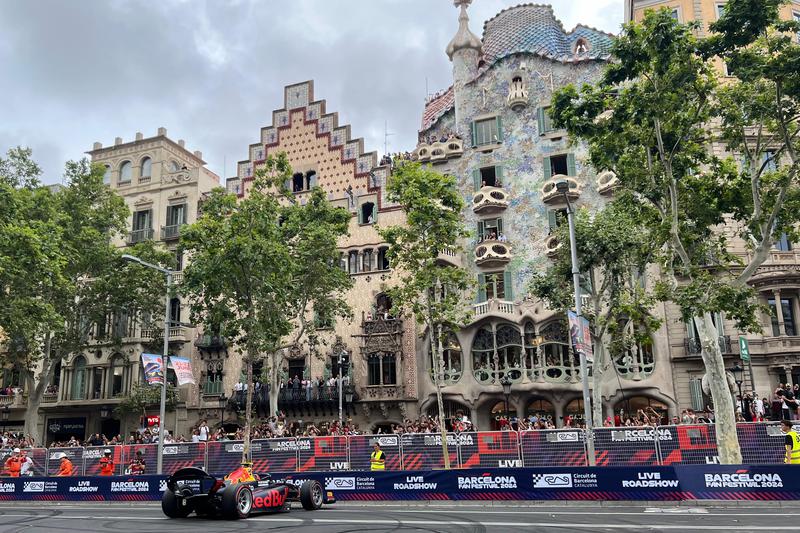
Formula 1 has taken over Barcelona city center with a road show on the iconic Passeig de Gràcia boulevard.
Around 38,000 fans flooded the streets to see Ferrari driver Carlos Sainz and Alpine reserve driver Jack Doohan among the names taking laps around the Catalan capital.
Amid the day's excitement, however, was an environmental protest, with some unhappy about the city center being shut down for an event part of a global motor sport that contributes to significant pollution to the atmosphere.
The event started at 6 pm on one of the most famous streets in the world, adorned by landmarks from architect Antoni Gaudí as a backdrop.
Wednesday's show was the first time F1 cars drove in the city center, organizers from the Circuit de Barcelona-Catalunya said.
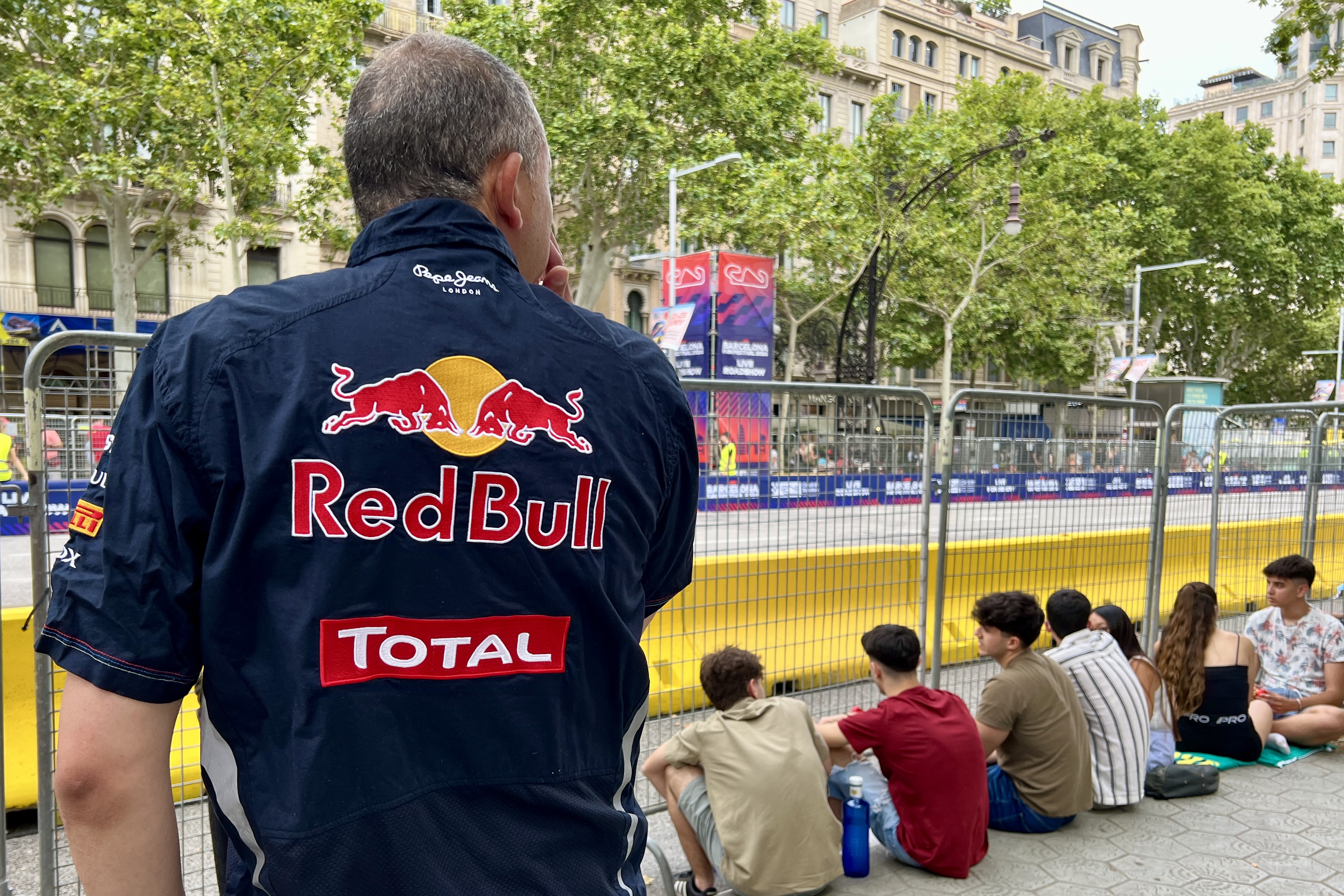
Catalans Pepe Martí, from Formula 2's Campos Racing team, and Mari Boya, racing on Formula 3 for the same team as Martí, were also driving at the event.
They drove in a circular track from Ronda Universitat Street to Aragó Street through Passeig de Gràcia boulevard.
Pedro de la Rosa, former F1 driver, also took part in the road show before joining his colleagues on stage from 7 to 8.30 pm at the Fan Village in Plaça Catalunya.
On stage was also F1 CEO Stefano Domenicali and members of the F1 Academy, such as Nerea Martí, Emely de Heus, Hamda Al Qubaisi, and Maya Weug.
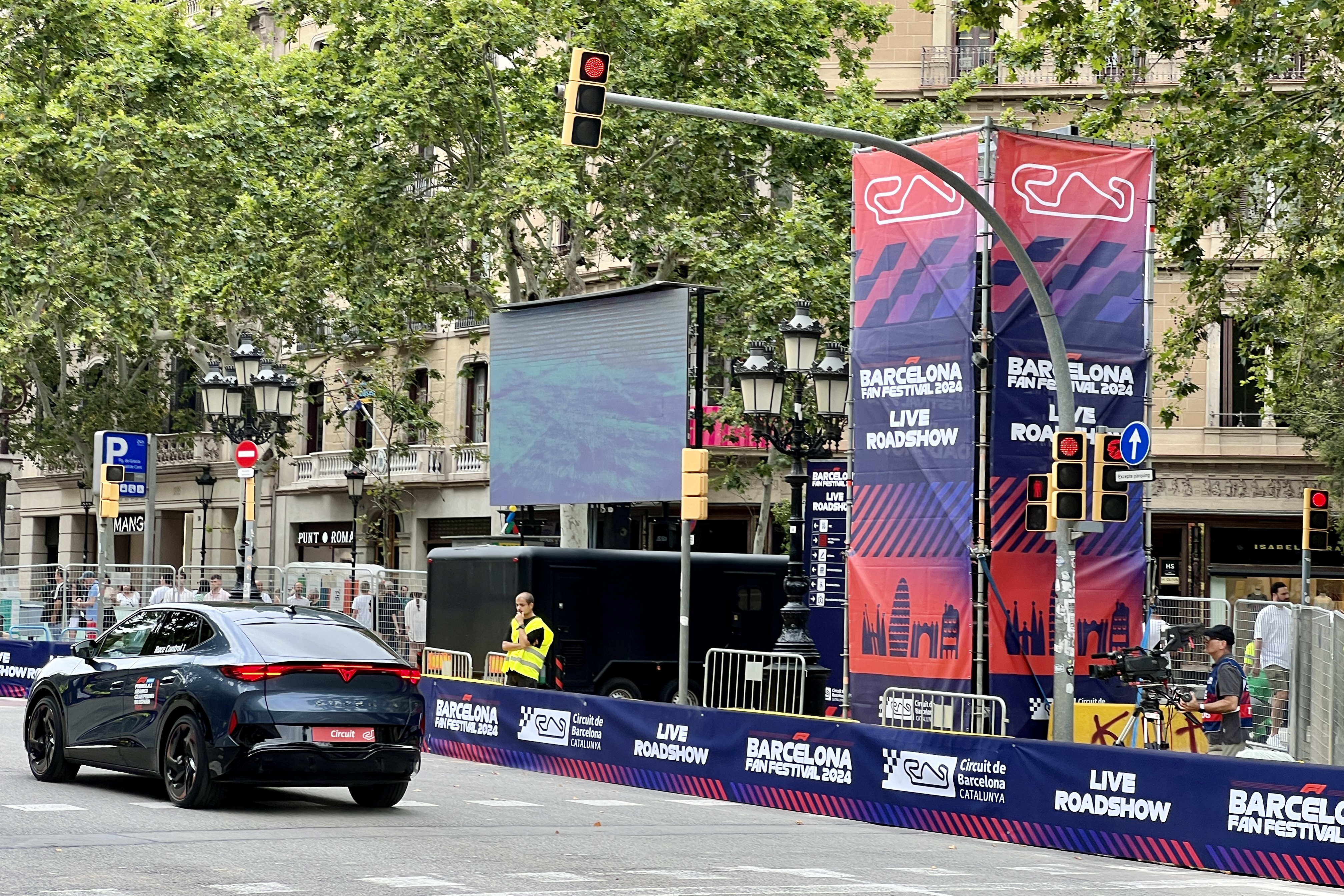
Fans queue from early hours
F1 fans arrived in the early hours of the afternoon to secure front row seats.
"We came early because they said it would be crowded," says Nora, who arrived three hours before the show.
Raquel, another F1 fan who arrived early, praises the roadshow as an opportunity "for people who cannot afford it" to see the cars up close.
"I think the event is very good for those of us who cannot get to the race," says another fan, Antoni.
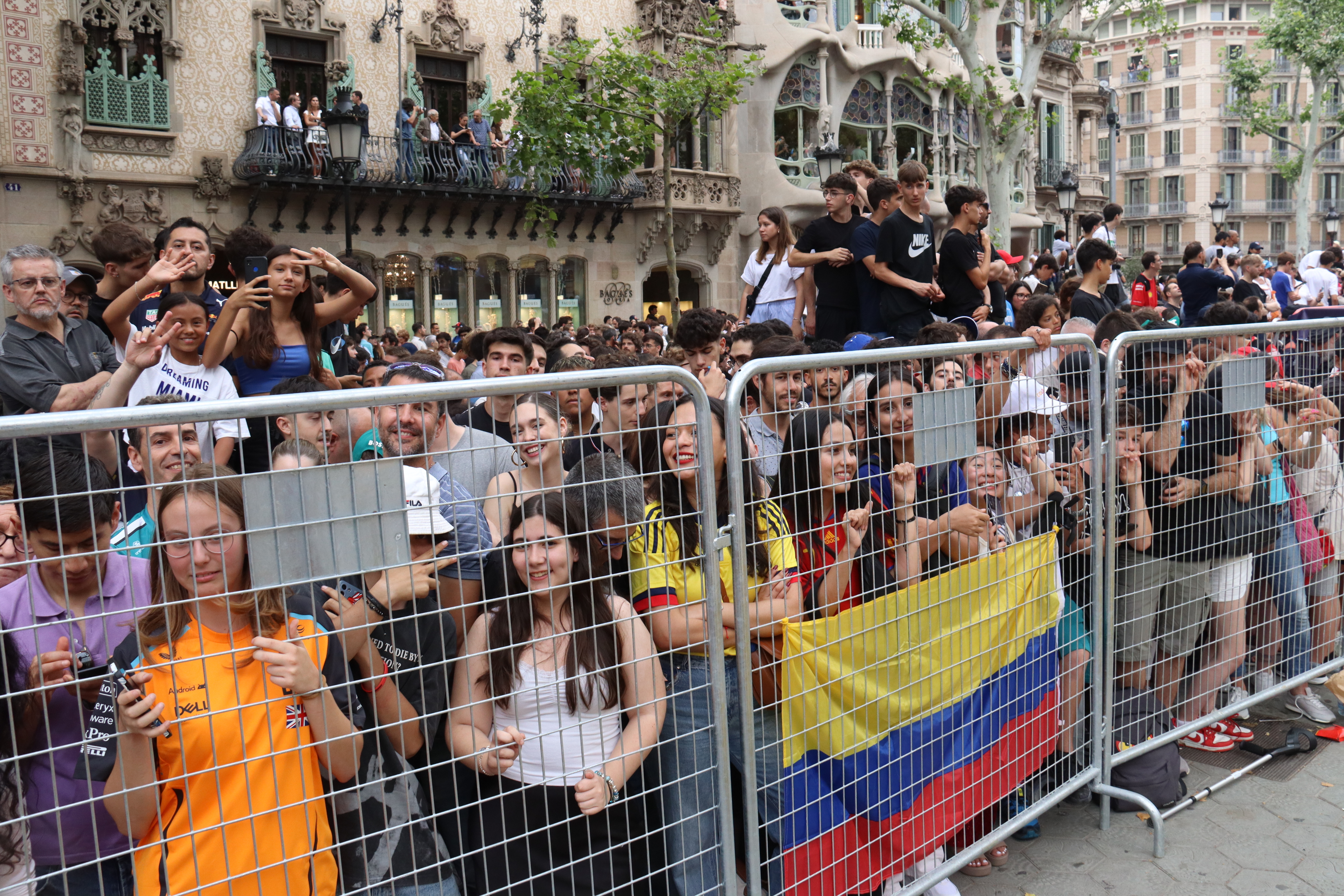
Although most of the fans gathered on Passeig de Gràcia are from Catalonia, some international visitors have also attended the roadshow.
"We came from Denmark yesterday just for Formula 1," Jacob and Caroline say.
Access to Fan Village and Road Show
Those fans willing to watch the F1 Road Show and enjoy the Fan Village will need to choose one site or the other.
It will not be able to access the Fan Village after 5 pm, a free-entry area with prior registration, but those inside will be able to watch the Road Show on a large screen and then follow the different speeches and events taking place on stage.
Meanwhile, fans who want to watch the Road Show, a free event with no registration required, can do it from any point of the track but will not be able to access the Fan Village afterward.
Environmentalist protests
Some 400 Climate activists have protested against the road show event.
They are against the pollution and noise caused by Formula 1 and the road show event, and also what they call the "elitist" nature of the event.
The protest began at the same time as the road show kicked off, at the intersection of Aragó and Balmes streets.
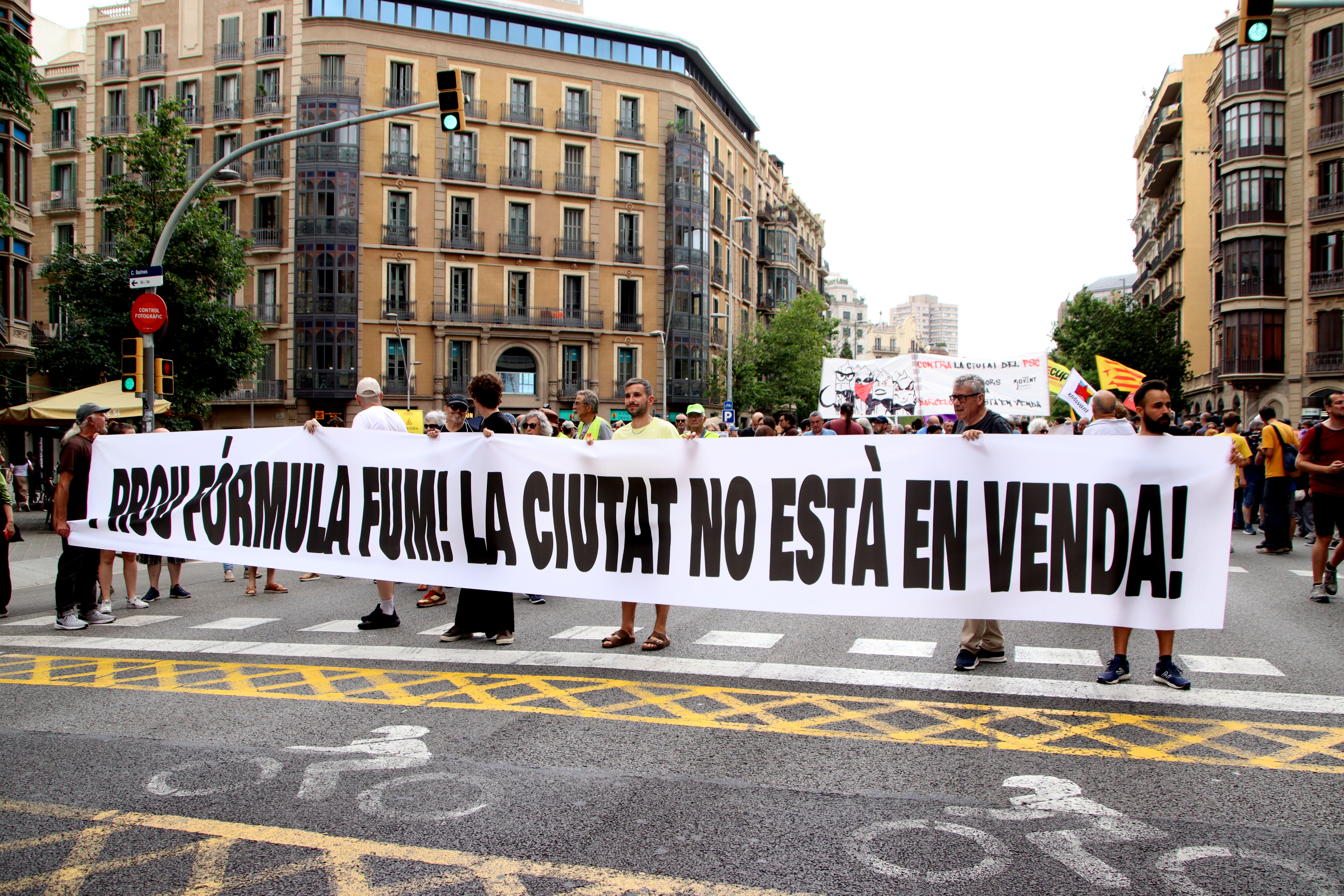
"We say no to an urban model based on large-scale events that privatize public spaces, where public money is spent for the benefit of big tourism lobbies," Jordi Elgström, from the Eixample Respira platform, said in anticipation of the event.
Organizers also criticized that the show has the support of the Catalan government and the city council, and protesters blocked Carrer Aragó.
The demonstrators approached the area where the road show was being held and read a manifesto at 7.30.
Residents and organizations involved say the city "is not for sale" and have criticized the model based on major events promoted by the local council.
Council says event is "compatible" with tackling pollution
Barcelona city council defended the roadshow after the event came under fire.
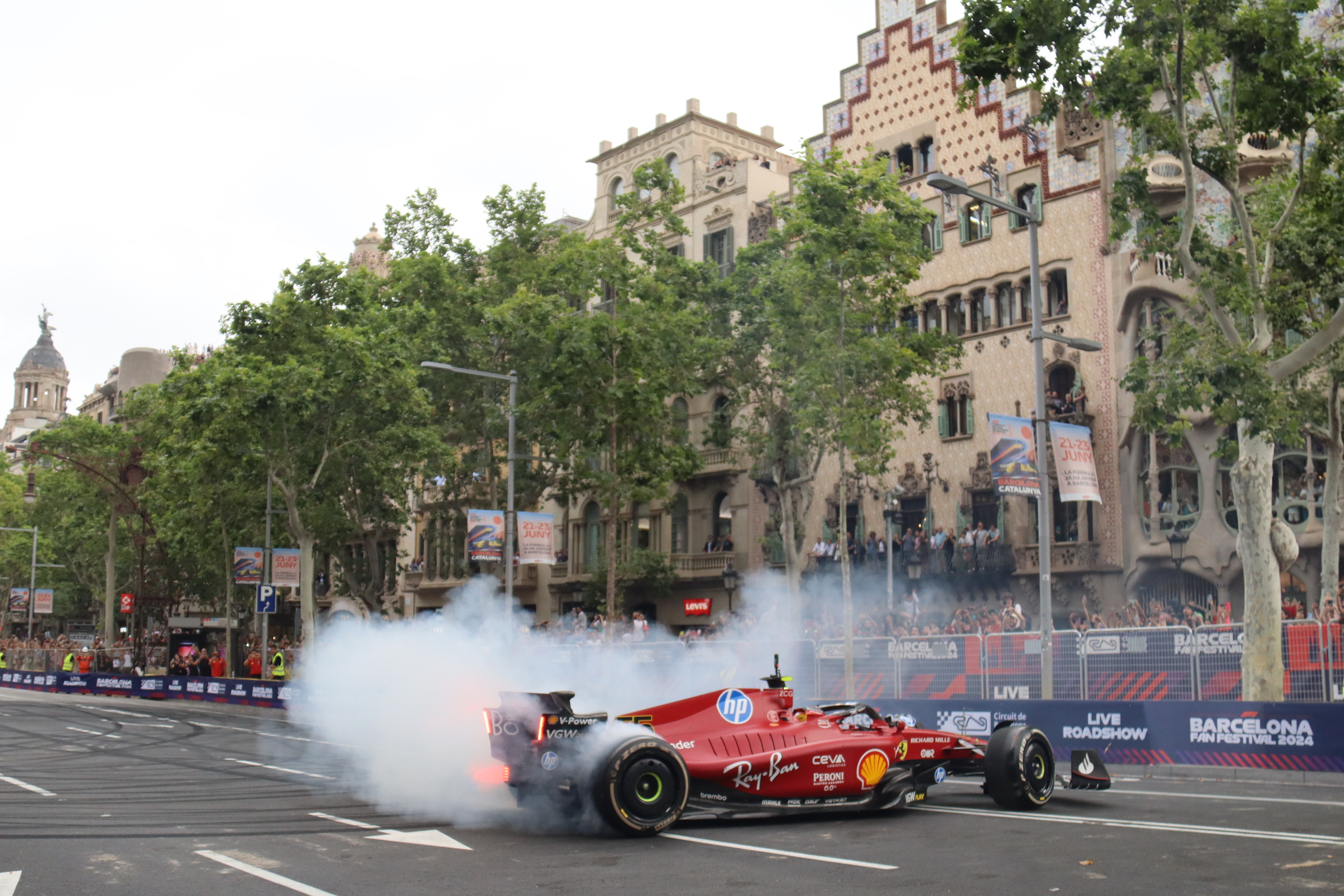
The council, led by Jaume Collboni, said the event was "perfectly compatible" with its "firm compromise" to "continue to reduce traffic, CO2 and noise pollution."
The city government stressed that it was a "temporary and exceptional" event and defended that the event gave Barcelona and Catalonia an "international projection."